5 Advantages of Tuck Top Folding Cartons
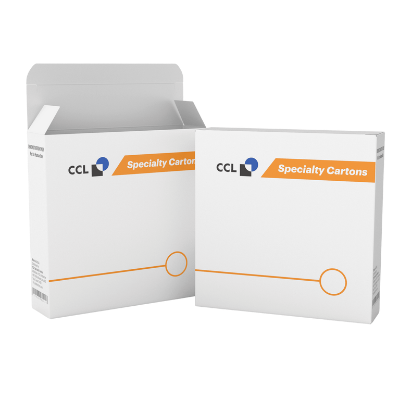
Tuck top folding cartons are made of cardboard or paperboard and are designed to be assembled easily without the need for any adhesive or glue. They are called “tuck top” because the top flaps of the box fold down and tuck into the sides, creating a secure closure that keeps the product inside safe.
7 Benefits of Auto Bottom Folding Cartons
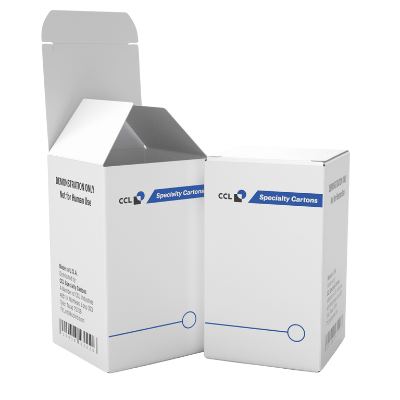
Auto bottom folding cartons are made from a single piece of paperboard that is folded and glued to create a sturdy and stable structure. This makes them ideal for transporting and storing products safely and securely.
What are Auto Bottom Folding Cartons
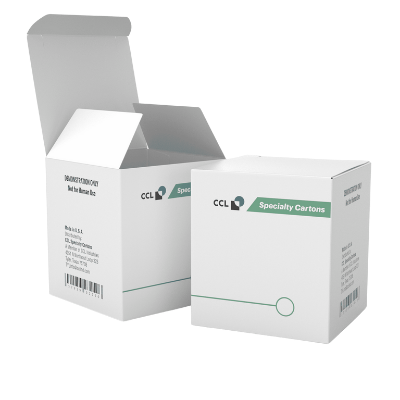
Auto bottom folding cartons, also known as snap lock cartons or snap bottom boxes, are a popular packaging solution in the retail and food industries. These cartons are made from a single piece of paperboard, which is folded and glued to form a strong and durable box that is easy to assemble and requires minimal setup.
Pharmaceutical Combination Folding Cartons
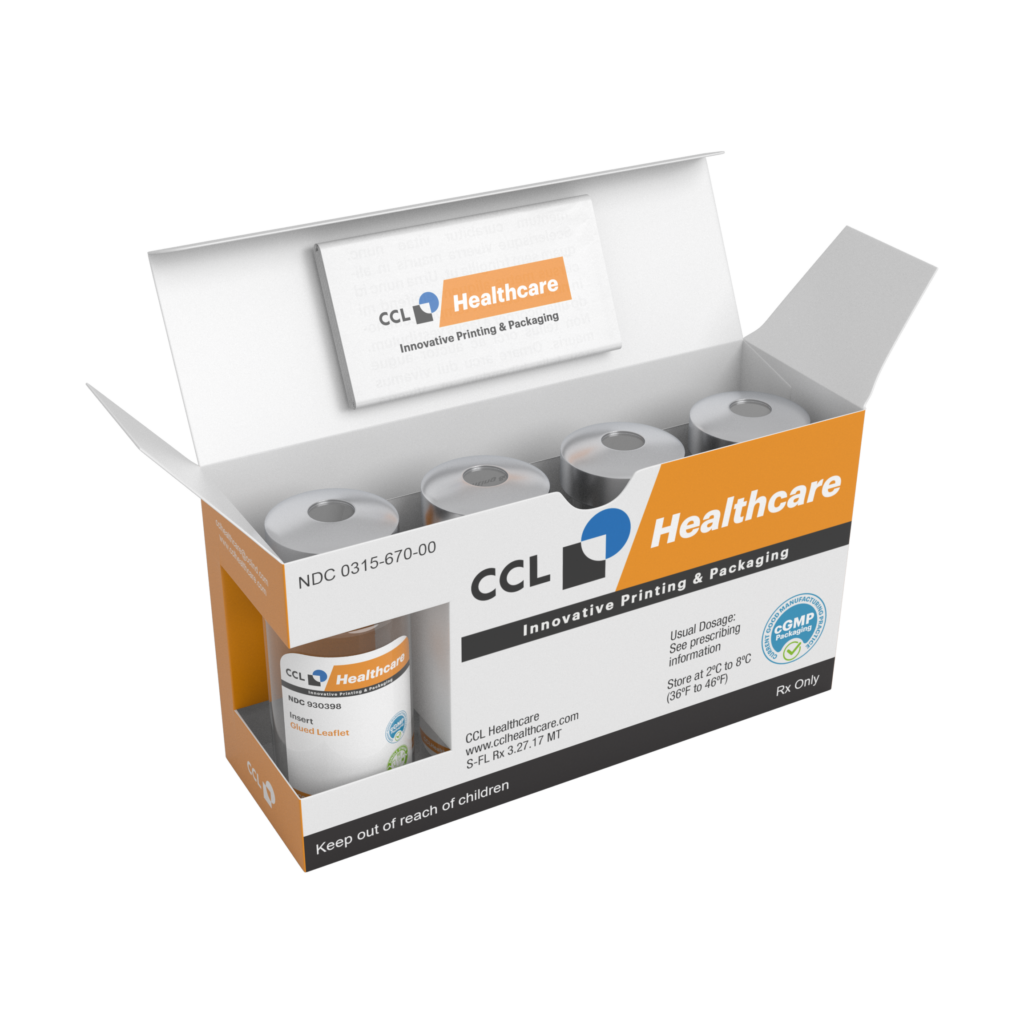
Pharmaceutical combination folding cartons are made from high-quality paperboard or carton material that is folded and glued to create a sturdy and durable package. These cartons are designed to provide the necessary protection to the product, preventing damage or contamination during transport and storage
Folding Carton with Product Display window
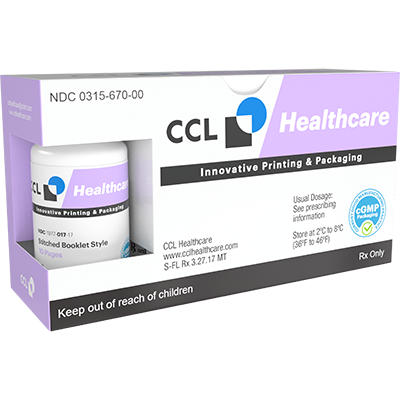
Folding cartons with product display windows are particularly effective for products that are visually appealing or have unique features that are not immediately apparent from the packaging alone. The window allows customers to see the product in detail and may encourage them to make a purchase based on the product’s appearance.
Multi-product Pack Folding Carton
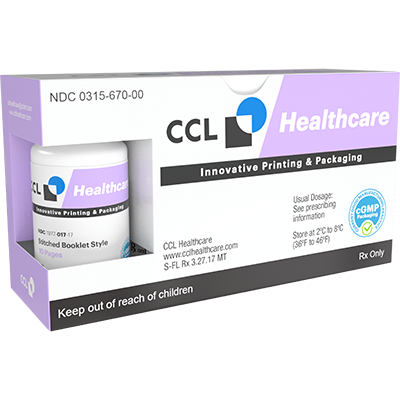
Multi-product pack folding cartons can be designed in a variety of shapes and sizes to accommodate different products, from cosmetics to food items. The packaging typically includes dividers or partitions to keep the products separate and prevent damage during transport and handling.